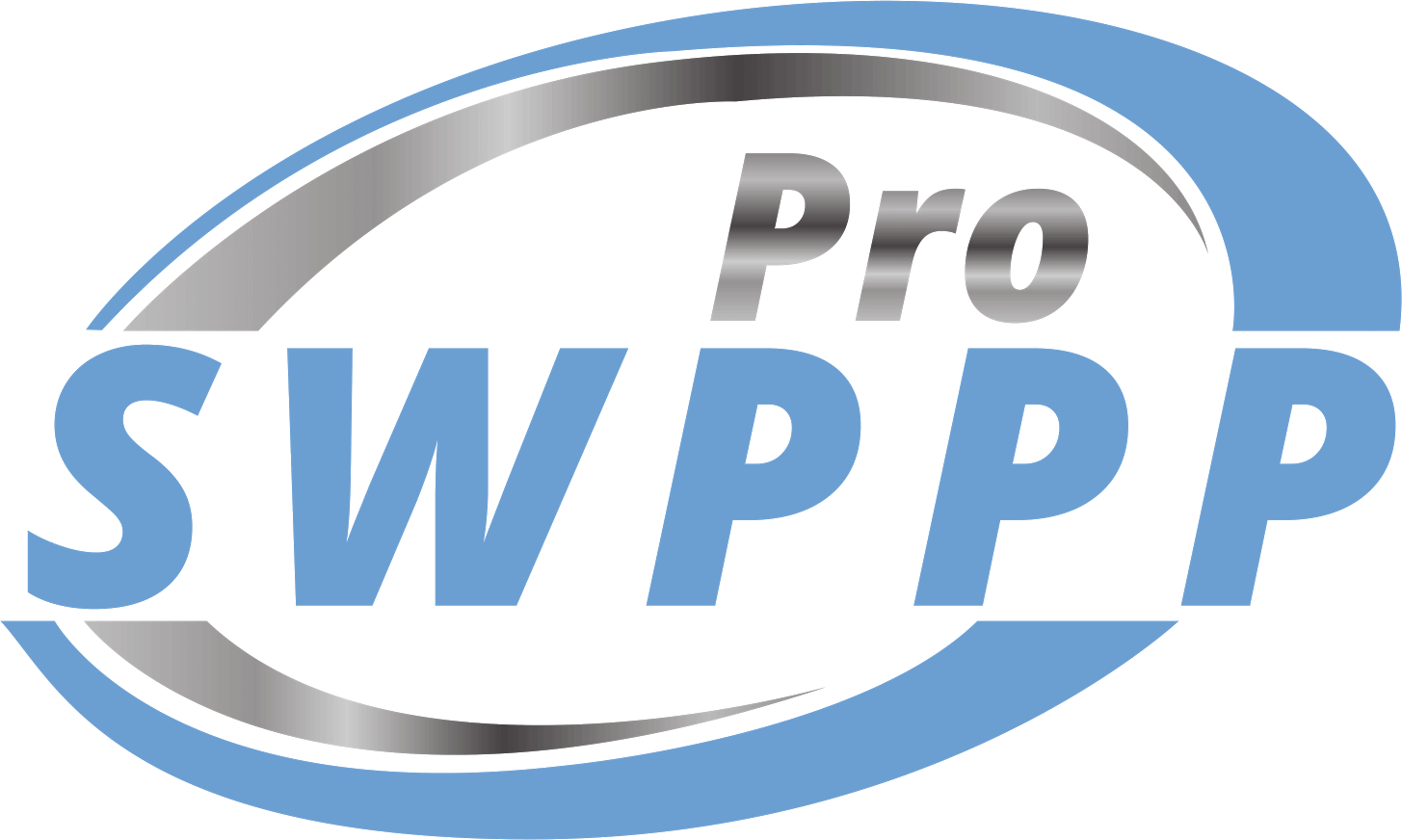Ohio SWPPP Requirements
Construction can impact lakes, rivers, streams, and other receiving water surfaces in a short time. Both erosion and sedimentation also impact water quality and result in a myriad of environmental problems. Water quality degradation can also affect the water for drinking, cleaning and other important tasks.
To reduce and prevent water pollution in Ohio, the Ohio EPA Division of Surface Water regulates a program that aims at documenting construction activities. It also requires the best management practices to keep contaminants out of receiving waters. This a Stormwater Polution Prevention Plan, otherwise known as SWPPP.
[The person responsible for operating the facility or managing a construction project must write or obtain a SWPPP.]
The Clean Water Act
The Clean Water Act mandates the permitting program. This is a critical component of the National Pollutant Discharge Elimination System program. This is applicable if you’re managing a construction project that will disturb at least an acre of land. It also applies if the project is part of a larger common plan that will eventually disturb an acre of land or more. You need to obtain a permit that will allow you to discharge runoff from the construction site. Coverage must be obtained under the Construction General Permit #OHC000005 for stormwater discharge from your site.
[The Ohio EPA Permit No.: OHC000005 took effect on April 23, 2018 under the Construction Storm Water Program]
You also need to submit a Notice of Intent application at least 21 days before any construction activities. But before submitting an NOI, you must devise and implement an SWPPP, which incorporates all the measures of controls, including pipe slope drains, rock check dams, and protective grading practices, for the runoff flow from the disturbed areas to prevent erosion.
These best management practices shall divert the stormwater runoff from the steep slope and disturbed areas. At discharge locations, velocity dissipation devices must also be in place, for instance.
Besides erosion controls, you should also implement sediment control practices, which also include silt fences, sediment settling ponds, earth diversion channels or dikes. It is a part of the SWP3 that describes structural practices, which will store the runoff to allow the debris and sediments to settle.
The structural controls and practices will also divert the flows away from or limit runoff from exposed soils. Nevertheless, the BMPs focus on controlling erosion and trapping the sediments coming form a construction site that remains disturbed for at least 14 days.
SWPPP General Inclusions
- Cover and title page
- Project contact information
- Site map and site activity description
- Potential pollution sources
- Controls that will reduce pollutants
- Maintenance or inspection procedures
- Inspections and BMP follow-up records
- Adjustments or modifications
- SWPPP certification
Importance of the SWP2 Plan
Each must be developed for a construction site that will be covered by the permit. So, if you’re managing a multi-phase project, you must submit a separate Notice of Intent when a separate SWPPP will be prepared and submitted for the next phases.
However, you might want to seek help from an experienced professional in the design, installation, implementation and maintenance of standard erosion and sediment controls and management practices to address all construction phases.
The reason is, this plan should identify all potential pollution sources that can negatively impact the stormwater discharge quality due to the construction activities. It must also be a standalone and comprehensive document that contains all the required information of the permit.
The SWPP plan must also describe and ensure proper implementation of the management practices to reduce the pollutants in the discharges during the construction and the sediment, debris, chemicals and other pollutants related to the post-construction activities in accordance and compliance with the permit’s terms and conditions, OAC Chapter 3745-1 and ORC Section 6111.04.
The Takeaway
Before a construction activity in Ohio, ensure that a thorough and well-implemented SWPPP is in place. Its development and implementation must be aligned with the applicable NDPES stormwater construction permit. This plan also ensures implementing the best management practices that will reduce pollutants in stormwater discharges. Nevertheless, the SWP3 will save you from troubles with regulatory bodies and environmental groups, while ensuring the smooth operation of your entire construction project.
Need an SWPPP that follows the Ohio SWPPP Requirements? Let’s talk. Call 833-GET-SWPP today! If you are ready to order, we make it easy to start the process online. Visit ProSWPPP.com for details.

